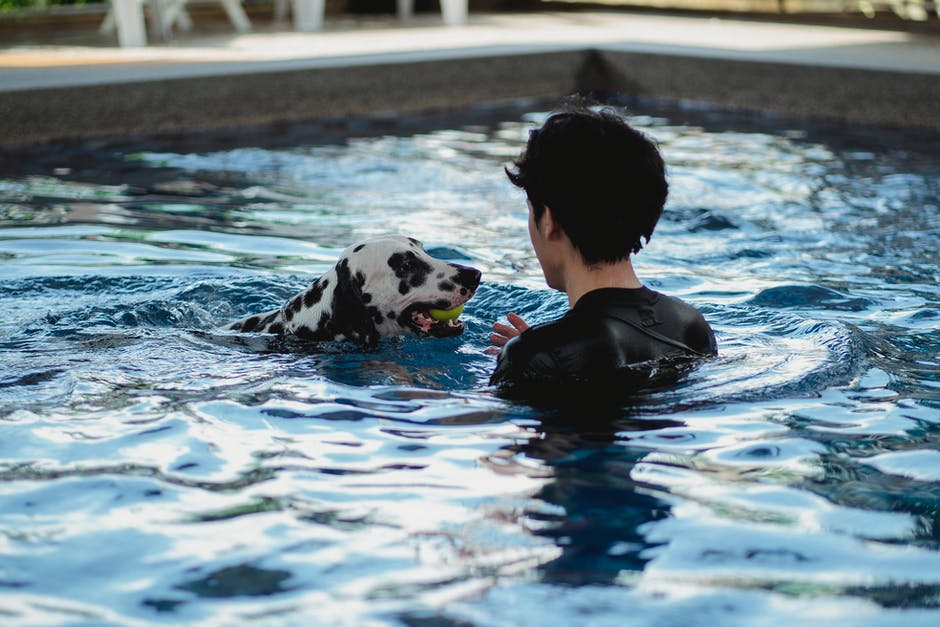There are a number of ways to use a small dog training collar, depending on the type of collar you have and the behavior you want to modify. For example, if you want to stop your dog from jumping up, a choke collar may be the best option.
If you want your dog to sit, you can use a Gentle Leader or a remote-controlled dog trainer.
Table of Contents
The Benefits of a Small Dog Training Collar
There are many benefits to using a small dog training collar, such as increasing obedience and reducing the amount of time needed to handle your pet. A well-fitted training collar should be comfortable for both you and your pet, making it easier to train. The following are some tips for using a small dog training collar:
- Choose the right size: When choosing a small dog training collar, it is important to find one that fits comfortably. A too-tight collar can cause discomfort and lead to disobedient behavior, while a loose collar will not provide the necessary level of support. To determine your pet’s correct size, measure around the neck at its widest point. If in doubt, go with the larger size; most dogs will grow out of a smaller collar over time.
- Choose the right type of collar: There are two main types of small dog training collars: traditional pinch collars and shock devices. Shock devices are often more effective when training puppies or older dogs who may not respond to traditional pinch collars, but they can also be dangerous if used incorrectly. For most puppies and young dogs, a traditional pinch collar is the best choice.
- Train early and often: One of the biggest benefits of using a small dog training collar is that it can help youtrain your pet quickly and easily. Start by attaching the leash to one side of thecollar and putting it on your pet before doing anything else.
How to Use a Small Dog Training Collar
Some people prefer positive reinforcement methods like feeding the dog treats after completing a task, while others may prefer using a training collar.
There are many different types of training collars on the market, from those that use vibration to train dogs in a silent way, to bark control collars that emit an unpleasant noise when the dog barks. The type of collar you choose will depend on the size and temperament of your small dog, as well as your specific training goals.
- Be sure to read the instructions accompanying the collar before using it. Many collars come with specific instructions on how to use them, and it can be difficult to figure out how to put them on without help from a pet specialist or online tutorial.
- Choose the right type of collar for your pet. There are many different types of training collars on the market, from those that use vibration to train dogs in a silent way, to bark control collars that emit an unpleasant noise when the dog barks. It’s important to choose the right collar for your pet’s temperament and size so that it can be used effectively.
- Start with basic obedience commands. Many small dogs have difficulty following complex commands at first, so start off with easier tasks like coming when called or sitting down.
The Different Types of Small Dog Training Collars
There are a variety of different types of small dog training collars on the market, and each has its own specific purposes. This means that it is important to choose the right one for your pet’s needs.
The majority of small dog training collars use shock or vibration to help train the pet. These devices come in various levels of intensity, and it is important to find one that is comfortable for your pet but also effective in training them.
Some other common uses for small dog training collars include correcting bad behaviour and helping to keep a pet within certain boundaries. It is important to choose the right size collar for your pet, as too tight a fit can cause discomfort or even injury, while a loose collar can allow your pet too much freedom.
When choosing a small dog training collar, be sure to read the instructions carefully and follow them closely so that you get the most out of the device.
Tips for Using a Small Dog Training Collar
There are a variety of ways to use a small dog training collar. Some people use them as a form of punishment, while others use them as a way to keep their dog under control.
When using a small dog training collar as a form of punishment, it is important to make sure that the collar is fitted properly and is not too tight. The collar should fit snugly around the dog’s neck and should not cause any pain or discomfort. If the collar is too tight, it can cause the dog to become agitated and may even lead to aggression.
If using a small dog training collar as a way to keep your dog under control, it is important to remember that the collar must also be fitted properly in order to provide effective control. The size of the collar should correspond with the size of your dog, and it should fit snugly but not tightly around their neck. The collar should also be comfortable for your dog to wear for extended periods of time.
If the collar is too tight, it can cause discomfort and may even lead to aggression.
